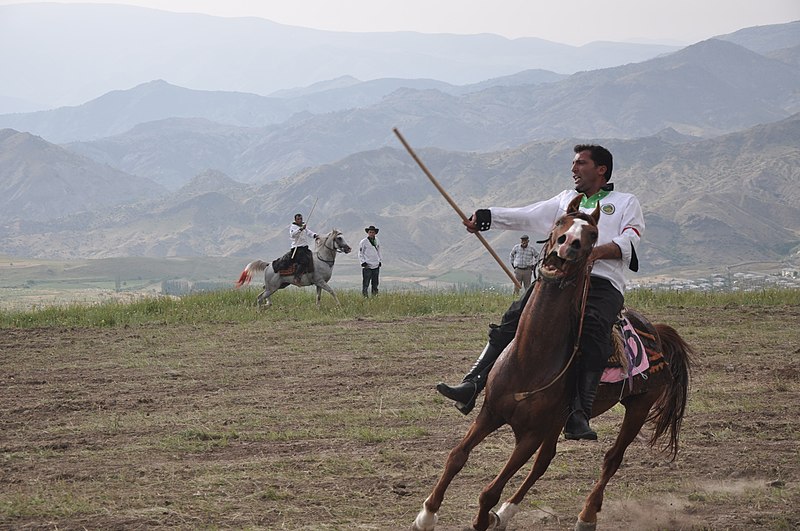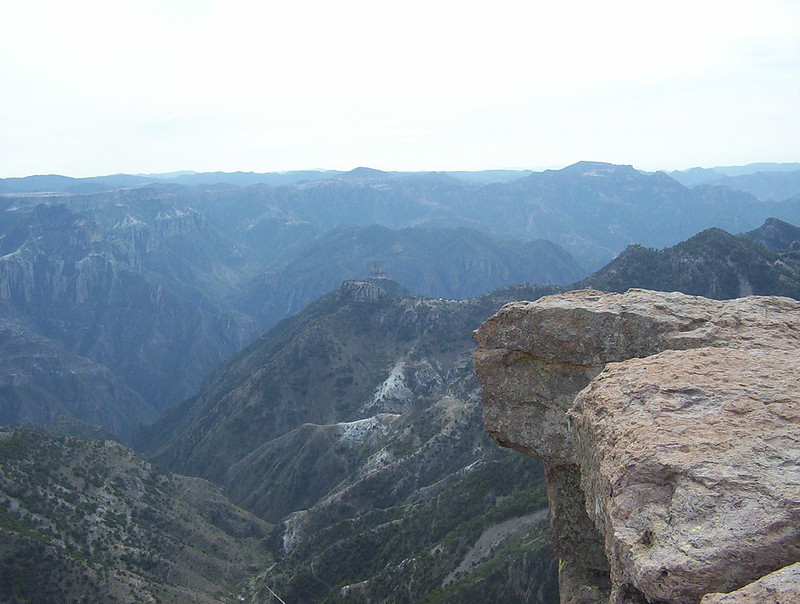Atli Cirit, a traditional sport rooted in the history of Turkey’s nomadic tribes, provides a unique perspective on the relationship between culture, community, and athleticism. Emerging from the military practices of the Seljuk and Ottoman eras, this equestrian game highlights strategic skill while symbolizing the enduring communal bonds in Turkish society. As modern interest in Atli Cirit grows, its evolving challenges prompt important discussions about the preservation of cultural traditions in a rapidly changing world. What does the future hold for this emblematic sport?
Historical Background of Cirit
Cirit is an equestrian sport with deep historical roots, originating from the nomadic lifestyle of Turkish tribes in Central and Eastern Asia. This spirited activity reflects the freedom and camaraderie of its participants. Flourishing during the Seljuk and Ottoman periods from the 11th to the 16th centuries, Cirit evolved from a military training exercise into a beloved courtly sport. Although it faced a decline in the 19th century due to a ban by Sultan Mahmud II, the mid-20th century saw its revival through the establishment of dedicated clubs. Today, Cirit remains a vital connection to Turkey’s rich heritage, embodying the cultural identity and values of its people.

Game Structure and Rules
The game structure of Cirit is designed to enhance competition and teamwork among players. Each match features two teams, typically consisting of 6, 8, or 12 players, competing on a pitch measuring between 70 to 130 meters. Players don traditional attire reminiscent of elite Ottoman cavalrymen, while referees ensure adherence to established rules.
Key rules include:
- Distance Maintenance: Teams must keep a distance of approximately 10 meters during gameplay to promote fair play.
- Point Scoring: Points are awarded for successfully hitting opponents with javelins or catching them; penalties apply for unsafe actions.
- Safety Zones: Designated areas provide refuge for players, enhancing strategic gameplay and safety management.
This structure reflects the sport’s cultural significance and emphasizes camaraderie among participants.
Player Skills and Techniques
Players enhance their performance in Cirit by focusing on riding skills, javelin throwing accuracy, and strategic agility. Rigorous training helps them anticipate javelin trajectories while executing defensive maneuvers, like leaning from their horses for protection. Team formations foster cooperation and reduce conflicts, with tactical decisions led by the team leader, or kolbaşı. A strong understanding of the game’s etiquette and safety protocols is essential for minimizing injury risks. Ongoing practice and guidance from experienced players build both skill and confidence, allowing participants to embrace the excitement and challenges of Cirit while respecting its rich traditions.
Cultural Importance of Cirit
Cirit is a vibrant representation of Turkish cultural heritage, reflecting the historical narratives and values of the Turkish people. This traditional sport serves as a connection to the past and a celebration of community identity.
Key aspects of Cirit’s cultural importance include:
- Historical Legacy: Rooted in the nomadic traditions of Turkish ancestors, Cirit preserves a way of life that is integral to national identity.
- Community Unity: The sport fosters camaraderie and local pride, uniting players and spectators through shared experiences.
- Cultural Expression: Events showcase traditional music and attire, reinforcing cultural ties and enriching the social fabric of Turkish society.
Community Involvement in Cirit
Involving local communities in Cirit helps preserve the sport’s rich traditions and fosters a sense of belonging among participants and spectators. Community engagement encourages intergenerational connections, inspiring younger members to learn the sport while honoring their heritage. Local clubs act as hubs for training, events, and cultural celebrations, promoting unity and collaboration. Spectators enhance the atmosphere and elevate competition. Moreover, community-led initiatives, such as tournaments and exhibitions, spark interest and participation in Cirit, ensuring its continuity. By intertwining Cirit with local customs and values, communities reinforce their cultural identity while empowering individuals to express their freedom through this vibrant tradition.
Current Popularity and Status
Cirit is experiencing a revival in Turkey, driven by a renewed interest in traditional sports and cultural heritage. Key factors contributing to its current status include:
- Local Clubs: Many cirit clubs are promoting the sport, organizing competitions, and fostering community spirit.
- Cultural Events: The sport is increasingly featured in festivals, raising its profile and attracting new participants.
- Social Media Presence: Efforts to create online content seek to raise awareness and share the sport’s rich history with a broader audience.
These initiatives indicate a positive trend, ensuring that cirit remains a vital part of Turkey’s cultural landscape and inspires future generations.
Challenges Facing Cirit
Despite its cultural significance and renewed interest, cirit faces several challenges that hinder its growth and sustainability. The primary issue is the lack of widespread recognition outside Turkey, limiting its appeal and participation at a global level. Additionally, minimal online presence and insufficient English-language resources create barriers for potential enthusiasts and learners. Funding and sponsorship are often inadequate, restricting the ability to host larger events or promote the sport effectively. Furthermore, the aging demographic of current players poses a risk to the sport’s future, as fewer young participants are being recruited. To thrive, cirit requires strategic initiatives that emphasize community engagement, educational outreach, and international collaboration, nurturing a vibrant and inclusive environment for all.
Resources for Learning Cirit
Exploring resources for learning cirit can enhance the understanding and appreciation of this traditional sport. Enthusiasts can engage with various materials and platforms that showcase cirit’s essence, including:
- Local Clubs: Join clubs like Selendi Beypınar Cirit Sevenler Kulübü for hands-on training and mentorship from experienced players.
- Online Video Tutorials: Platforms like YouTube offer instructional videos that demonstrate techniques, rules, and game strategies, making it accessible for a global audience.
- Cultural Portals: Websites and articles dedicated to Turkish traditions provide insights into cirit’s history, rules, and cultural significance, enriching the learning experience.
These resources foster a deeper connection to cirit, empowering individuals to adopt and celebrate this vibrant aspect of Turkish heritage.

